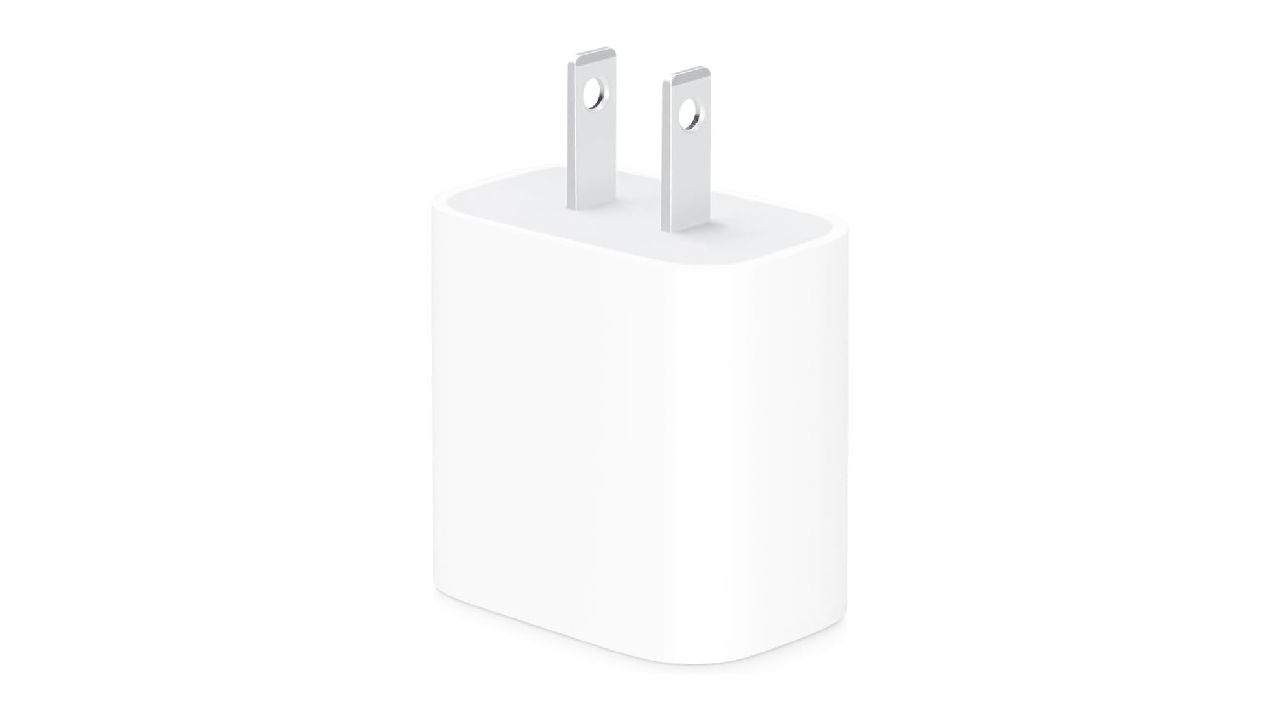Free and New TOEFL test Sample Questions for 2013-14
This is 6th part of Free TOEFL test Sample Practice Questions for 2013. In this part you will see questions related to Structure and Written Expression. These questions can be practice for other English related Practice Exams too.
Free TOEFL test Sample Practice Questions: Q 52-61
The following sentences either have existing or require additional commas somewhere in their structures. Choose the option that best reflects proper comma usage in each sentence.
Q 52
For the Thanksgiving reunion, relatives were sitting in the dining room, on the porch, and in the carport.
A. Thanksgiving, reunion
B. were, sitting
C. porch and
D. No error
Q 53
Tina seems to be a kind, considerate girl.
A. seems, to
B. considerate, girl
C. kind considerate
D. No error
Q 54
This fishing pole Nathan, has seen better days.
A. pole, Nathan,
B. has, seen
C. Nathan
D. No error
Q 55
My cousin has moved to 56 Central Street Narragansett, Rhode Island 02882.
A. has moved,
B. Central Street,
C. 56, Central
D. No error
Q 56
The badger, a shy animal sometimes makes friends with a coyote.
A. sometimes, makes
B. friends, with
C. a shy animal,
D. No error
Q 57
After the death of Blackbeard, the famous pirate, piracy disappeared from the coast of the American colonies.
A. the famous pirate
B. after the death,
C. coast, of
D. No error
Q 58
"Silent Night" was written by two men from the village of Oberndorf Austria.
A. men, from
B. "Silent Night,"
C. Oberndorf, Austria
D. No error
Q 59
On November 19, 1929 Admiral Richard E. Byrd flew the Floyd Bennett to the base of the Queen Maud Mountains.
A. base, of
B. the, Queen
C. 1929,
D. No error
Q 60
Oh I forgot to bring the cookies.
A. Oh,
B. I, forgot
C. to, bring
D. No error
Q 61
"The boy in the kayak," whispered Sue "is the new football captain."
A. boy, in the
B. new, football
C. whispered Sue,
D. No error
Answers and Explanations- Free TOEFL test Sample Practice Questions: Q 52-61
52. D: No error. There is a comma after the initial modifying prepositional phrase and after the first and second modifying prepositional phrases in the series of three. No comma belongs between an adjective and the noun it modifies (A), or between an auxiliary verb and verb (B). Omitting the second comma setting off the first modifying prepositional phrase (C) is wrong.
53. D: No error. A comma belongs between two consecutive adjectives modifying the same noun. A comma between verb and object (A) is incorrect. So is one between an adjective and the noun it modifies (B). Omitting a comma between two consecutive adjective (C) is incorrect.
54. A: The comma after "Nathan" is correct, but there should also be another comma before it. When an address to someone by name is inserted mid-sentence-here between subject and object-it should be set off by commas on both sides. There should not be a comma between auxiliary verb and verb (B). Having no commas to set off the inserted name (C) is incorrect.
55. B: There should be a comma between the street address and the city when stating a full address in sentence form (as well as between the city and state, as there is here). There should not be a comma between the verb and prepositional phrase (A), or between street number and street name (C).
56. C: A modifying phrase between subject and predicate should be set off by commas on both sides. Putting a comma between adverb and verb (A) or between object and preposition (B) is incorrect.
57. D: No error. The phrase modifying the subject is set off by commas both before, and after it. Removing the second comma (A) is incorrect. A comma between a noun and its modifying prepositional phrase [(B), (C)] is incorrect.
58. C: There should always be a comma between a village and country, city and state, state and country, or country and continent. There should not be a comma between the noun and modifying preposition (A), or between the subject and verb (B).
59. C: When a date is used in a modifying prepositional phrase before the subject and verb, it should have a comma after it (before subject-verb). There should not be a comma between a noun and modifying preposition (A) or between an article and the noun it modifies (B).
60. A: A comma should follow an interjection like "Oh" at the beginning of a sentence. (In some sentences, other punctuation like an exclamation point is acceptable.) A comma between subject and verb (B) is incorrect. A comma in the middle of an infinitive (C) is incorrect.
61. C: When a non-quotation clause/phrase is inserted in the middle of a quotation, it should be set off by commas on both sides. There should not be a comma between a noun and its modifying prepositional phrase (A), or between an adjective and the noun phrase it modifies (B).
